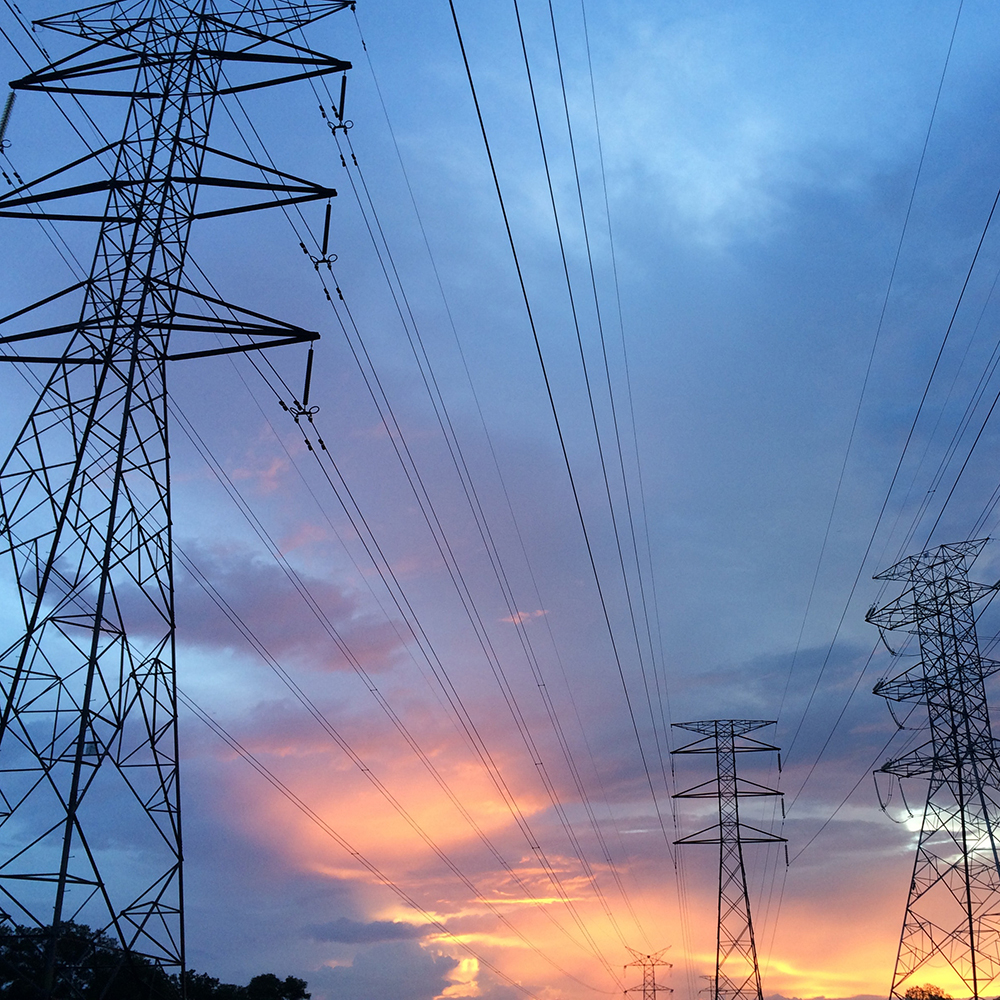With the arrival of the new year comes higher energy prices for many Californians. Here is how things are looking:
One week before Thanksgiving, the California Public Utilities Commission approved a 13% rate hike for Pacific Gas & Electric. It will go into effect on New Year’s Day. But even before the new rate kicks in, PG&E is asking the CPUC for another increase, one that will net nearly $2 billion.
The rate increase already in place will add on average about $30 to $35 a month over what customers paid this year, reports SF Gate.
The utility, which serves 16 million Californians, is further seeking an “interim rate” that would kick off in March, adding another $12 to $20 a month to bills.
“2024 is shaping up to be a painful year for PG&E customers, who may be looking at bill increases of $40–$60 a month more than in 2023, once all the increases are added up,” says The Utility Reform Network.
According to San Francisco’s ABC affiliate, PG&E wants greater revenues to make its “electric system safer and more resilient.” Which it should be. But electrical transmission and distribution have become risky ventures because California utilities have misallocated resources by spending dollars on trendy climate change projects rather than using them to harden their gear so that it won’t set off wildfires. The 2018 Camp Fire, which burned 153,336 acres, destroyed 18,804 structures, and killed 86, was the most destructive and deadliest wildfire in California history. It was blamed on PG&E equipment.
San Diego Gas & Electric ratepayers might see their power bills fall to start the year – from 22.4 cents per kilowatt-hour to 21.1 cents, the San Diego Union-Tribune reports. However, says the SDUT, the utility, which serves 3.7 million, “is currently going through a long and complicated proceeding with the utilities commission … to determine what utility bills will cost in the next four-year cycle.” SDG&E, too, wants to improve resiliency and meet “climate goals through the expansion and modernization of energy networks,” says Sempra, the holding company that operates the utility.
Under the proposal, “typical residential customers using 400 kilowatt-hours would see an $8.45 increase per month in their electricity bills in 2024 through 2027,” according to the SDUT.
A decision on the proposal “is expected to be issued in the second quarter of 2024” says Sempra. Depending on the outcome, the lower rates SDG&E customers will enjoy early in the year might be wiped out, as the new rates would be retroactively effective back to New Year’s Day.
Among the CPUC obligations is ensuring consumers receive “reliable utility service at reasonable rates” (emphasis our own). CPUC should have long been more dogged in its pursuit of protecting customers within the state’s utility framework. At an average of 22.33 cents per kilowatt hour, California has the most expensive electricity in the continental U.S. Ratepayers deserve to know why, and the state auditor agrees. In its August review of California’s four large utilities, the auditor’s office recommends the CPUC:
- Promote transparency by “instituting “a process that requires utilities to periodically publish actual rate‑of‑return calculations.”
- “Ensure the appropriateness of the activities that utilities include in their cost recovery applications and to reduce the risk of utilities’ attempting recovery of costs for work they did not complete.”
- And “provide to the public a summary of energy rate increases.”
A better energy delivery system would be a fully (rather than superficially) deregulated market. There’d be no need for a bureaucracy to control prices; competition would keep rates low, improve service and stimulate innovation; and private companies would have a strong incentive to mitigate wildfire risks. But this is California, as ratepayers will be reminded when they get their bills in 2024.
Kerry Jackson is a fellow with the Center for California Reform at the Pacific Research Institute.

